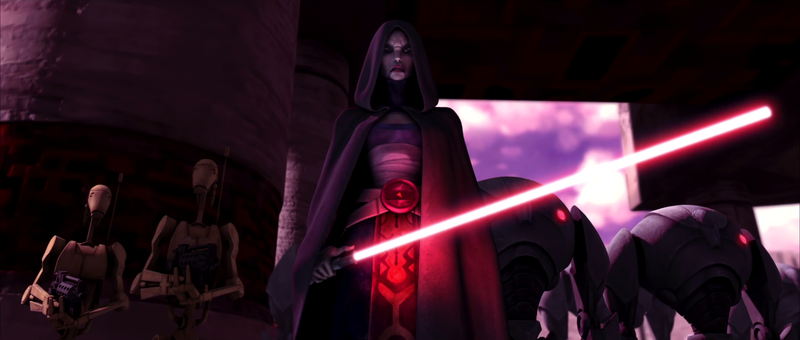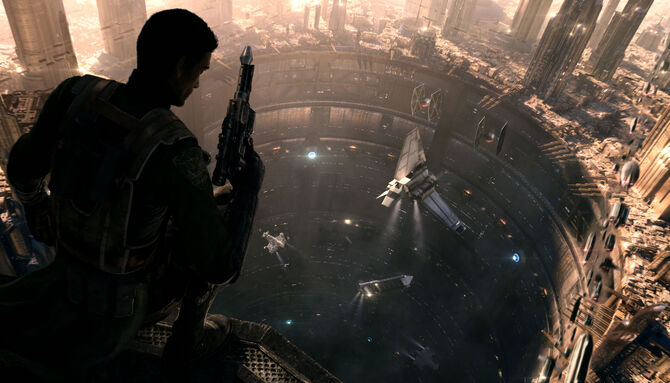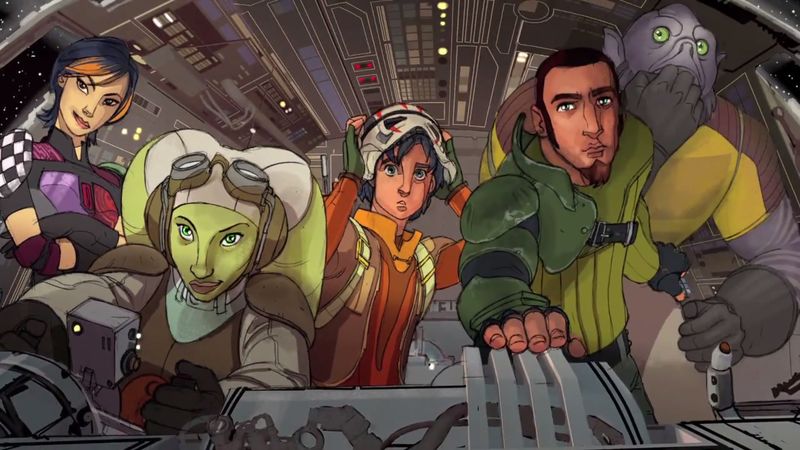![[IMG]](http://img3.wikia.nocookie.net/__cb20120827220441/starwars/images/thumb/7/73/Ahsoka_and_anakin.png/640px-Ahsoka_and_anakin.png)
Our previous two articles focused on some of the villains of The Clone Wars, both of whom originated elsewhere but received the lion’s share of their development within the 100-plus episodes of the TV show. There were many notable characters who were created specifically for the show as well, on both sides of the conflict. But none of them received the spotlight as much or as harshly as Ahsoka Tano.
Behind the scenes, Ahsoka was created as part of the initial outline of the show, which involved her and an elder Jedi Master, along with other more motley crew members, traveling the Outer Rim and involving themselves with various adventures. George Lucas saw the concept art and initial sketches of her and proposed that she be apprenticed to a more notable Jedi instead: Anakin Skywalker. Ahsoka, in his eyes, would be the ideal tool to help Anakin develop from the brash, undisciplined apprentice he was at the end of Attack of the Clones into a more mature, reserved Jedi Knight in Revenge of the Sith.
Like Asajj Ventress before her, however, Ahsoka would grow into a full-fledged character in her own right. Though apprenticed to Anakin, throughout the show’s run she often left Anakin’s side and joined other Jedi on adventures through many scopes of the war. This, along with her unorthodox lightsaber style and penchant for giving nicknames (and snark) to everyone she met rubbed a lot of fans the wrong way as she made her debut in the Clone Wars movie. On the other hand, she has become a favorite character for a large portion of fans for some of those same reasons, especially among young girls. Read More




